Riuscire a cogliere l’appetibilità di un alimento attraverso il suo aspetto estetico, consente efficacemente di evocare gusti e sapori particolarmente gradevoli.
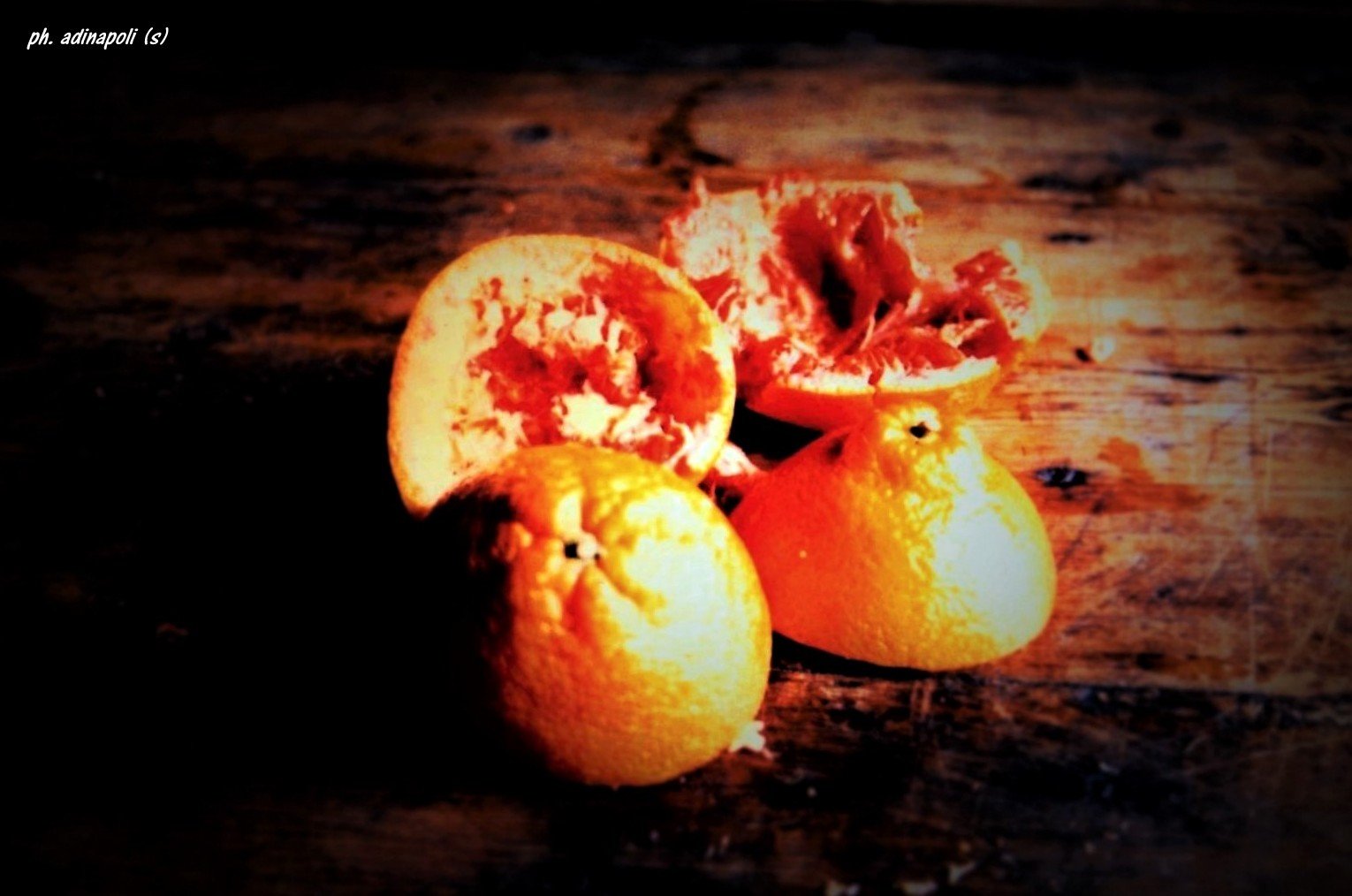
Le fotografie del cibo rappresentano uno specifico genere attraverso cui abili professionisti, ricorrendo alla tecnica ed all'esperienza acquisita, producono una interpretazione personale degli alimenti proponendo audaci accostamenti di forme e colori per catturarne perfino il profumo. Talvolta accade che la rappresentazione dell’aspetto estetico di un piatto “prevalga” sull'alimento fotografato, pertanto, nel 1984, Rosalind Coward, autrice del libro “Female Desire- Women’s Sexuality Today”, coniò il termine “food-porn” per definire una sorta di perverso “voyerismo del cibo”.
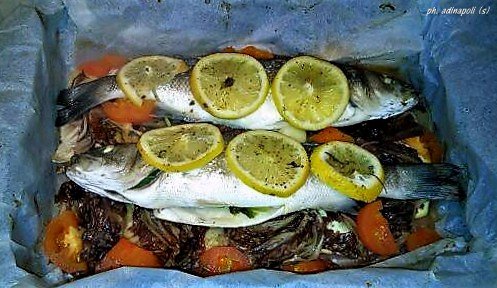
La preparazione di una ricetta destinata al set fotografico generalmente è molto diversa per grado di cottura, ingredienti ed impiattamento rispetto a quella consumata a pranzo, in quanto non dovrà soddisfare il palato, ma confezionare una immagine gradevole alla vista. Il “trucco” non è visibile, ma spesso i prodotti pubblicizzati, come i “genuini e fragranti panettoni”, vengono fotografati solo dopo essere stati rivestiti di vernici e cosmetici non edibili. Invece, le fotografie scattate dalle casalinghe o dai partecipanti ad un banchetto sono prive di qualsiasi accorgimento artificioso e, anche se la qualità tecnica delle immagini risulta mediocre, la loro caratteristica risiede nell'assoluto realismo delle pietanze pronte ad essere assaggiate.
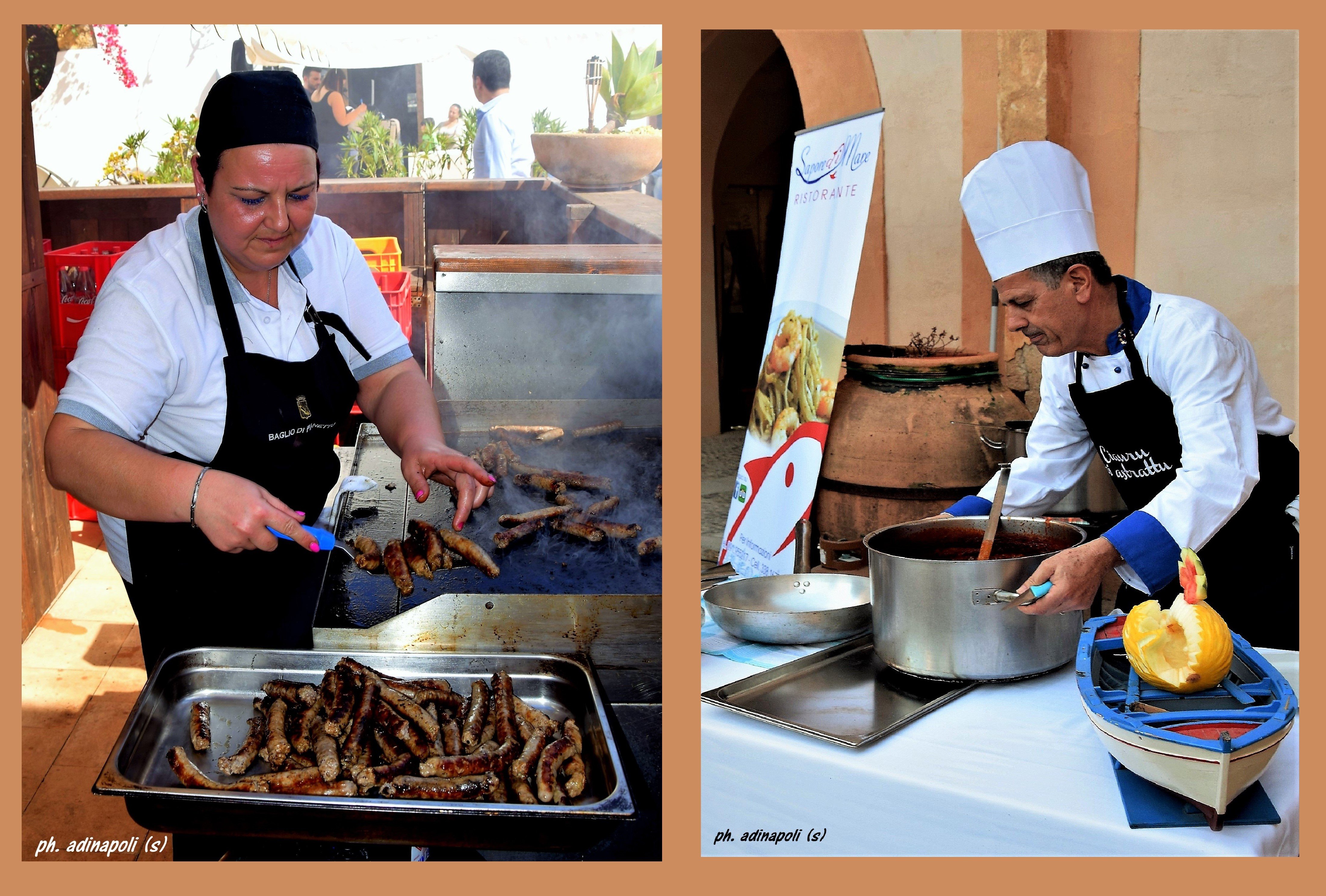
Ricorrere a delle semplici astuzie, come quello di avvicinarsi e fotografare da una angolazione laterale, permette di raccontare qualcosa in più della consistenza, della preparazione e degli eventuali “strati” di una pietanza rispetto al consueto piatto di minestra visto dall'alto ed utilizzato per le generiche illustrazioni dei libri di ricette.
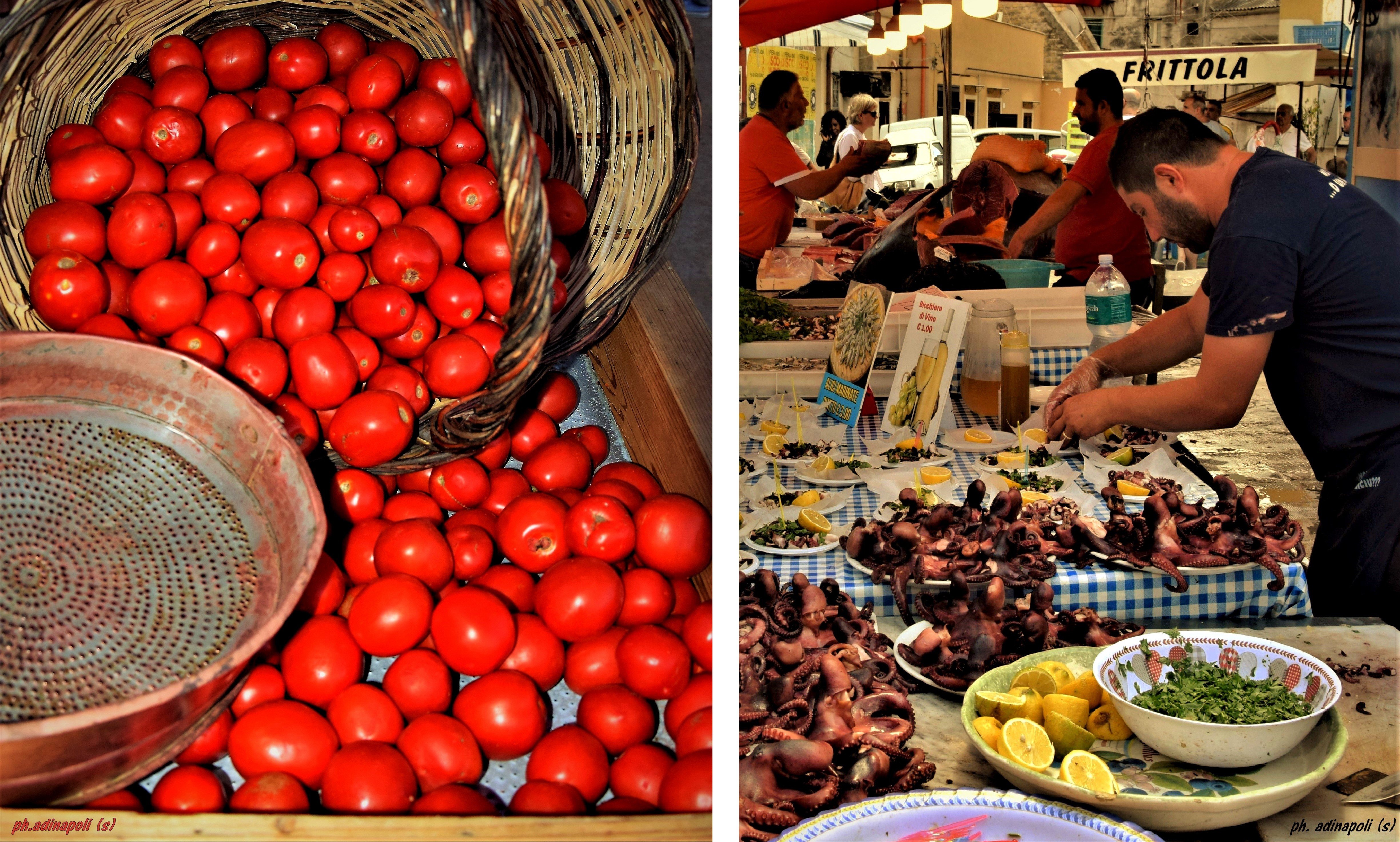
La food photo si inserisce nel dilagante filone gastronomico che imperversa da qualche tempo sia nel settore artistico e letterario che in varie forme di spettacolo. Al di là di qualche inevitabile forzatura folkloristica, dalle coloratissime fotografie di cibi e pietanze, spesso emergono gli elementi etno-antropologici tipici della tradizione e della cultura popolare di un determinato territorio.
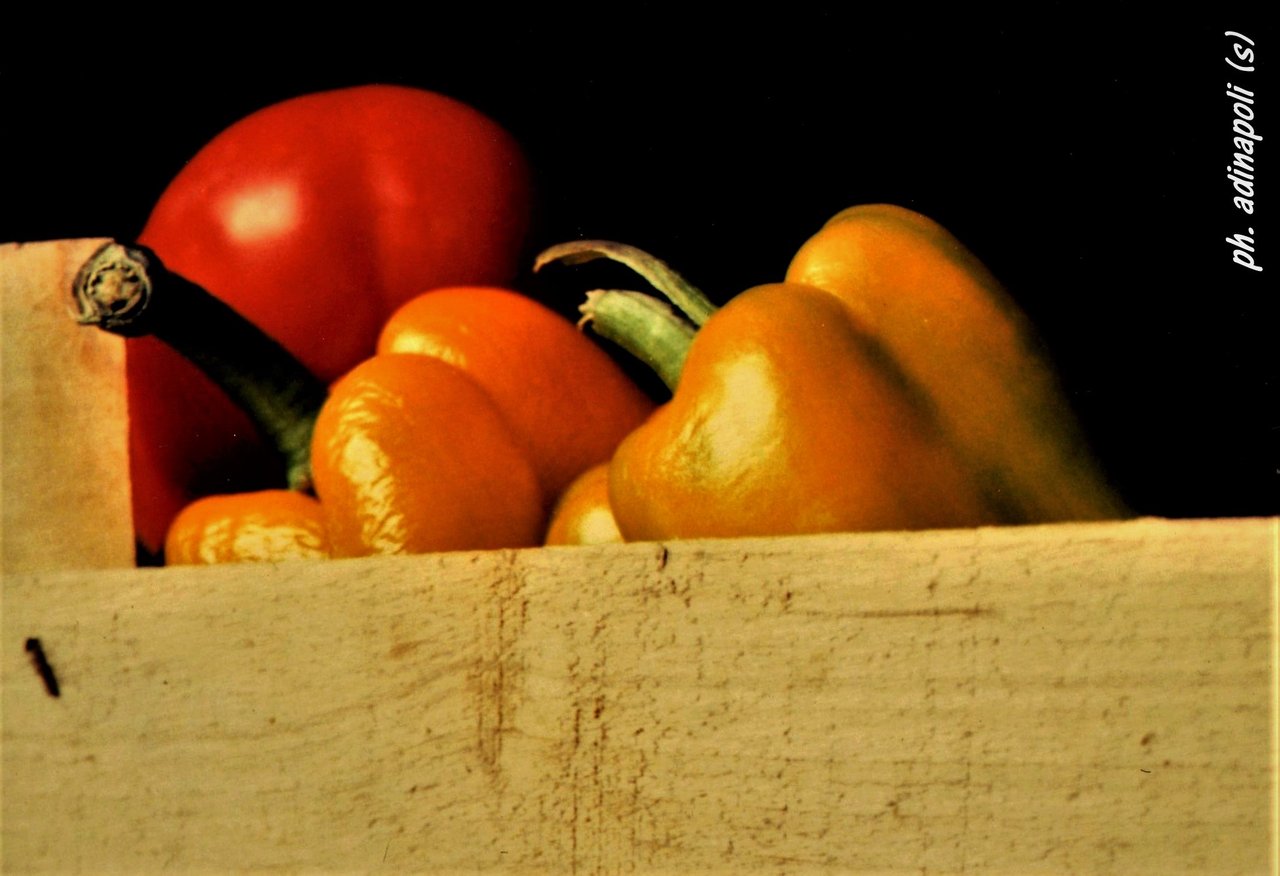
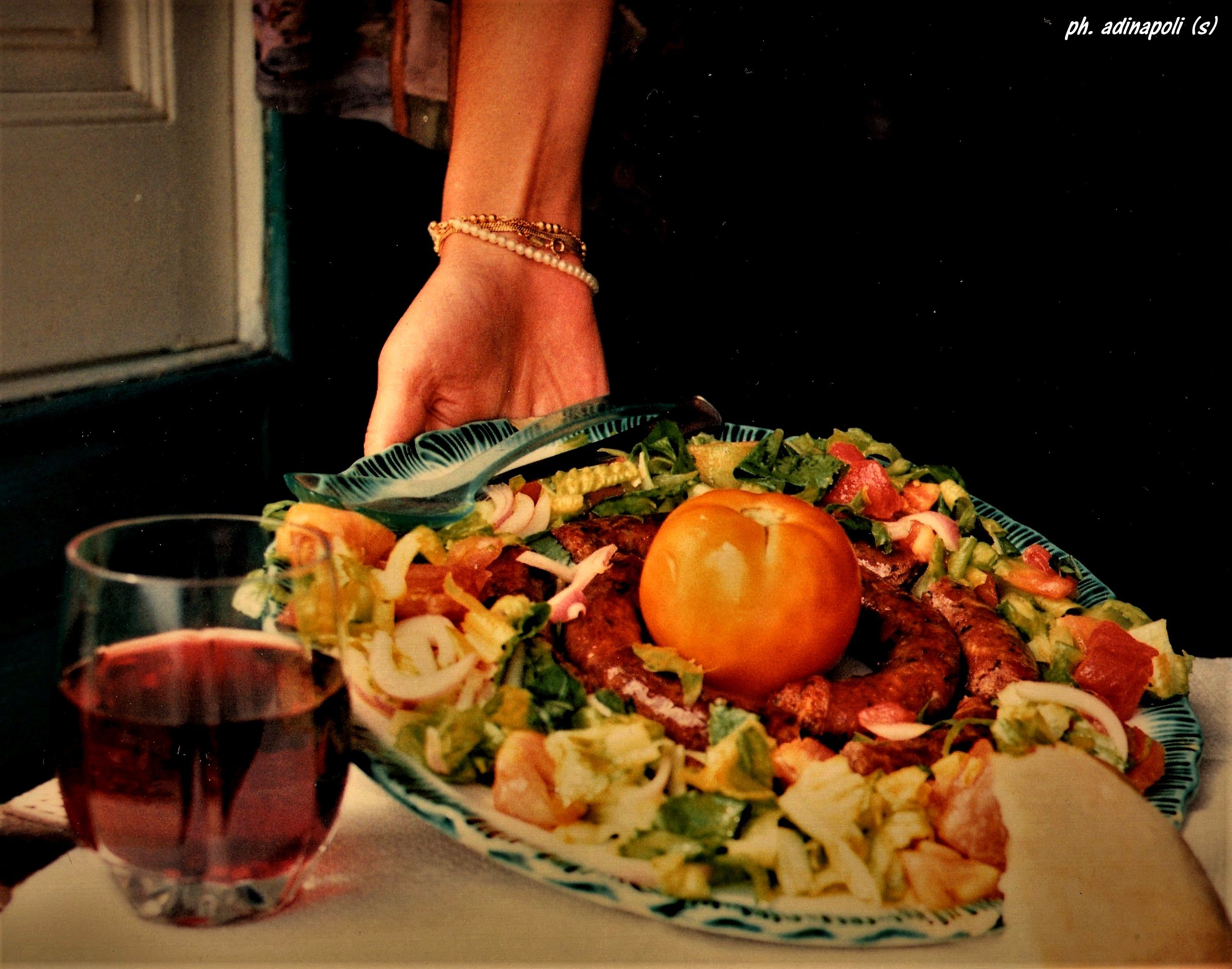
Ma la soddisfazione di chi lavora in cucina è effimera e l'orgoglio di ogni cuoco ha una breve durata. Infatti anche i piatti migliori finiscono divorati. Per mezzo di moderni dispositivi tecnologici ed attraverso la diffusione dei più conosciuti social network è diventato semplicissimo condividere rapidamente le “prelibate immagini”, forse, però, ancora oggi il cibo è meglio condividerlo a tavola.
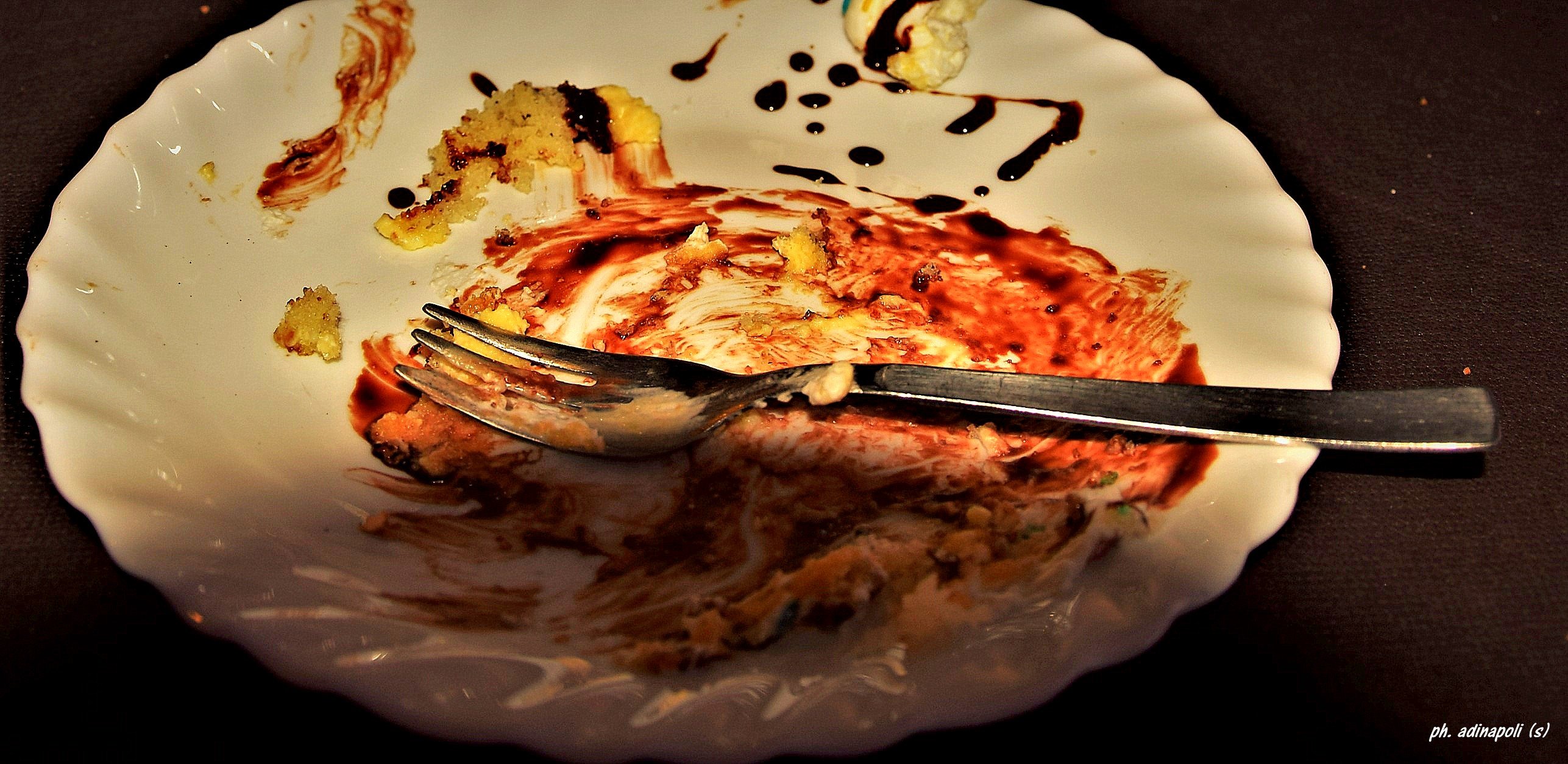
... e il dessert ...? Troppo tardi!
Testo e fotografie di adinapoli (s).
Le fotografie sono proprietà dell'autore.
Being able to grasp the attractiveness of a food through its aesthetic appearance, effectively allows to evoke particularly pleasing flavors and flavors. Food photographs represent a specific genre through which skilled professionals, using the technique and experience acquired, produce their personal interpretations of food proposing daring combinations of shapes and colors to capture even the taste. Sometimes it happens that the representation of the aesthetic appearance of a dish "prevails" on the photographed food, therefore, already in 1984, on the pages of the book "Female Desire- Women's Sexuality Today ", the term "food-porn" was coined to define a sort of perverse "voyeurism of food". The preparation of a recipe for the photographic set is generally very different in degree of cooking, ingredients and dishes compared to that consumed at lunch, as it will not have to satisfy the palate, but pack an image pleasing to the eye. The "trick" is not visible, but often the products advertised, such as "genuine and appetizing panettone", are photographed only after being coated with non edible paints and cosmetics. Instead, the photographs taken by housewives or by participants at a banquet are devoid of any artificial contrivance and, even if the technical quality of the images will be mediocre, their characteristic lies in the absolute realism of the dishes ready to be tasted. tricks, like to approach and photograph from a side angle, allows you to tell something more about the consistency, preparation and any "layers" of a dish compared to the usual soup plate seen from above and used for generic illustrations of recipe books.The food photo is part of the rampant gastronomic trend that has been raging for some time both in the artistic and literary sector and in various forms of entertainment. Beyond some inevitable forcing folklore, the colorful photographs of food and dishes, often emerge the ethno-anthropological elements typical of the tradition and popular culture of a given territory. But the satisfaction of those working in the kitchen is ephemeral and the pride of every cook has a short duration. In fact even the best dishes end up devoured. By means of modern technological devices and through the diffusion of the most popular social networks it has become very easy to quickly share the "delicious images", perhaps, however, even today the food is better to share at the table.
